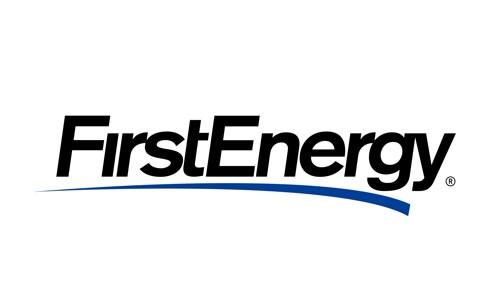
The cracker plant would convert ethane produced from the Utica and Marcellus Shale formations into material used by plastics and petrochemical manufacturers Marubeni Corp., of Japan, and PTT Global Chemical Public Co., of Thailand.
More: Pittsburgh Business Times
Columbia Pipeline Spending $2.7 Billion on Shale Gas Transport

Columbia’s Mountainer XPress and Gulf XPress will add capacity to deliver 2.7 bcf/d from shale areas in Ohio, Pennsylvania and West Virginia. The Mountaineer XPress project involves 165 miles of new pipeline, while the Gulf XPress project includes upgrades to existing infrastructure between Kentucky and Louisiana.
The Houston-based Columbia is a subsidiary of NiSource.
More: Columbia Pipeline
Sunny Days Mean Less Stink in Detroit Thanks to Bigbelly
Detroit is becoming the latest city to use the solar-powered Bigbelly sidewalk trash compactors.
DTE Energy will install seven of the trash-compacting and recycling units in several Detroit locations as part of its Energize Detroit neighborhood revitalization program. The idea is to eliminate trash overflows, keep insects away and beautify neighborhoods. The solar units will automatically send signals to collection trucks when they are full.
Bigbelly says its units are operating in 47 countries and that Philadelphia has installed about 1,000 of the devices.
More: DTE Energy; Bigbelly
SPS Case Spurned by New Mexico Commission over Detail
The New Mexico Public Regulation Commission has dismissed Southwestern Public Service Co.’s latest rate case filing, which would have increased base rates by $1.4 million in mid-2016.
The commission said SPS did not comply with its new interpretation of a statute involving forecasted test year (FTY) periods, according to a regulatory filing by SPS’s parent, Xcel Energy. SPS said it plans to refile the rate case later this year.
More: Securities and Exchange Commission
Energy Future Holdings Calls off Oncor Auction Plans

The Texas energy giant filed for Chapter 11 bankruptcy protection in April 2014, saddled by debt. It announced last year that it was giving up on its original restructuring plan and would auction off its Oncor stake, which is valued at about $19 billion. NextEra Energy and Hunt Consolidated Inc. were identified as likely bidders.
But Energy Future says it will now return to Plan A and reorganize. It plans to emerge from bankruptcy next year.
More: Wall Street Journal (subscription required)
Bill Gates to Double Renewable Energy Stake
Microsoft founder Bill Gates, who says he has already invested an estimated $1 billion in renewable energy companies, plans to double his investment within the next five years.
Gates has concentrated his green investments in energy storage, advanced nuclear and carbon capture technologies.
He said it is time for such companies to push the envelope to develop new methods to bring renewable energy to market. “Power is about reliability,” he said. “We need to get something that works reliably.”
More: Financial Times (subscription required)
Duke Selling off Stake in Integrys Energy Systems
Duke Energy is divesting its stake in a five-year-old rooftop solar joint venture with Integrys Energy Systems.
Duke is selling its 9-MW share of the 32-MW venture to TerraForm Power, of Maryland. TerraForm had already purchased the other 23 MW from Integrys. Together, Duke and Integrys invested about $180 million in a variety of small solar projects. It marked Duke’s first venture into solar.
More: Charlotte Business Journal
NextEra Energy Looking for New Wind Site in North Dakota
NextEra Energy Resources, which in May withdrew an application to build a $250 million wind farm in North Dakota, announced it is looking for sites for a similar plant.
Although the company won’t give details on sites it is considering, a member of the Public Service Commission said the company is not looking far from the location of its first project.
“NextEra has informed us they’re looking at multiple locations and all of those locations are south of where they were looking at before,” Commissioner Brian Kalk said. The first plan was shelved after landowners objected and the Stark County Commission denied the company a conditional use permit.






